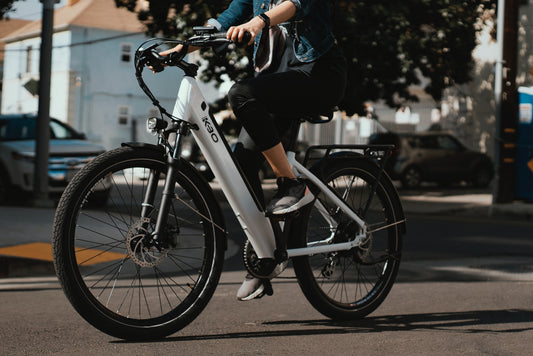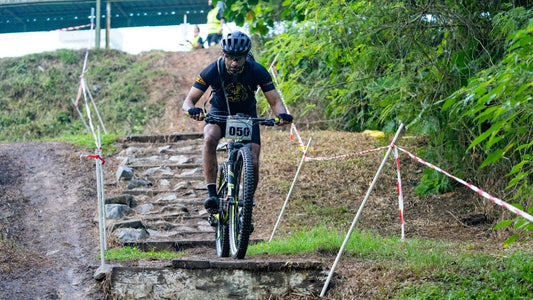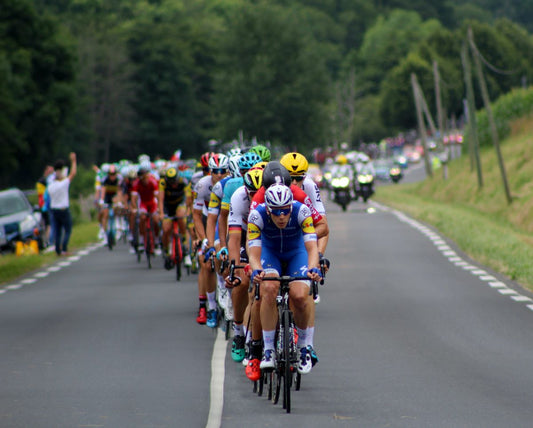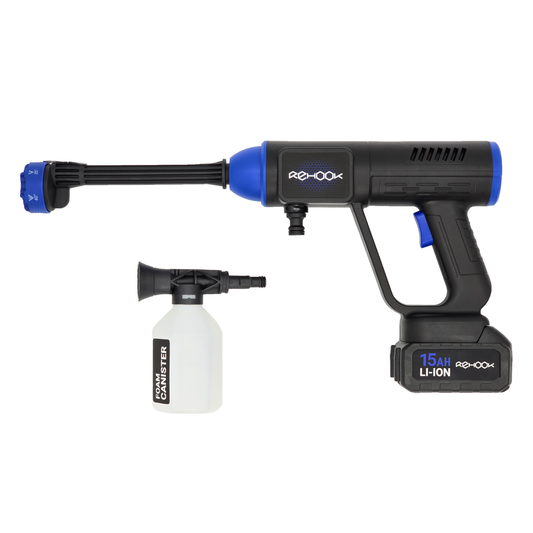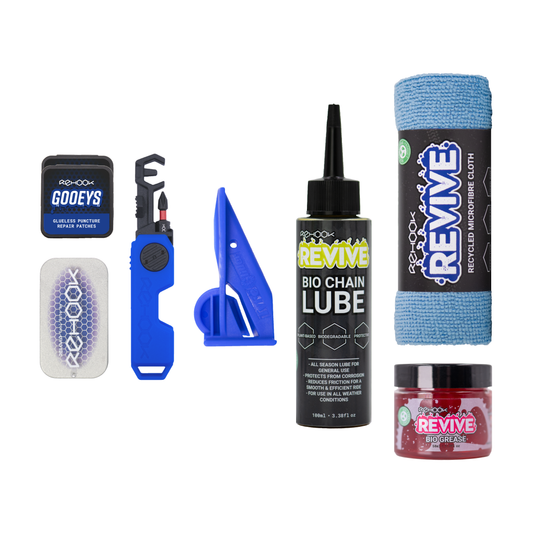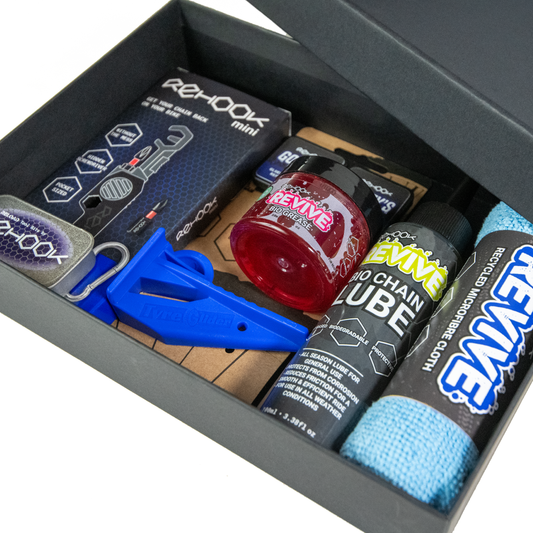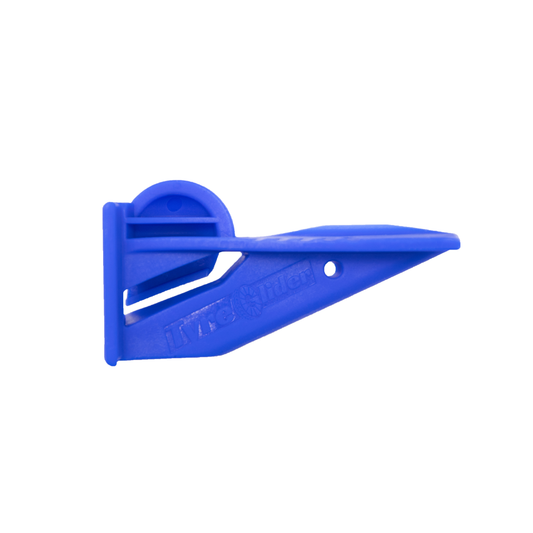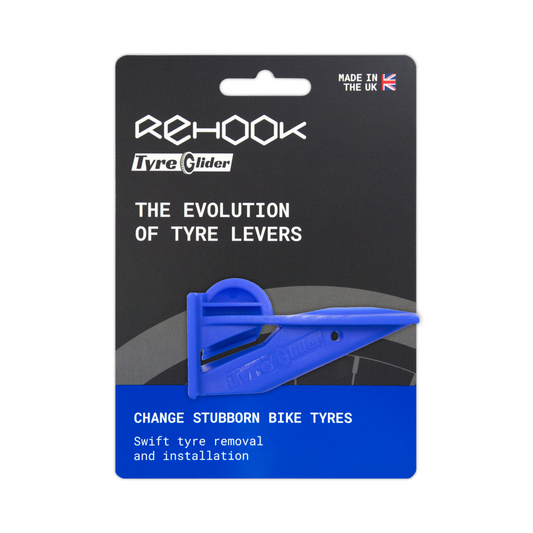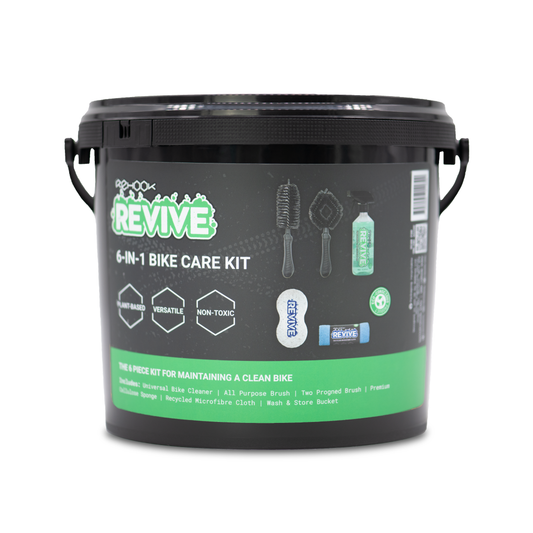trek-ing bars
Noun
Handlebars that are slightly raised and angled back, typically used on touring and trekking bikes.
Example usage: 'I like the increased comfort of riding with my Trekking Bars.'
Most used in: Touring and long distance road cycling.
Most used by: Touring and long distance cyclists.
Popularity: 8/10
Comedy Value: 5/10
Also see: Drop Bars, Bullhorns, Aero Bars, Pursuit Bars,
The Definition of Trekking Bars in Cycling
Trekking bars, also known as North Road bars, are a type of handlebar found on touring and hybrid bicycles. The bars are designed to provide a comfortable upright cycling position, allowing for better visibility and a less aggressive riding position. The design of trekking bars is a cross between flat and drop bars, with a shallow drop and a wide, flat top portion.
Trekking bars allow for multiple hand positions and provide upright comfort, making them a popular choice for touring, commuting, and leisurely cycling. The bars are typically equipped with ergonomic grips and bar ends to provide even more comfort and control. Some models come with integrated brake and shifter levers, while others are designed to accept traditional shifters and brakes.
A survey conducted by the Bicycle Retailer and Industry Association in 2020 found that approximately 20% of all bicycles sold in the United States were equipped with trekking bars. This figure is up from 15% in 2019, indicating the increasing popularity of this style of handlebars.
Trekking bars are a great choice for cyclists looking for a comfortable, upright riding position. The bars provide multiple hand positions and are designed to accept standard shifters and brakes. With an increasing number of cyclists opting for this style of handlebar, it’s no wonder why trekking bars are becoming a popular choice for touring, commuting, and leisurely cycling.
.The Origins of Trekking Bars: A Brief History of Cycling
Trekking bars, also known as butterfly handlebars, are a type of handlebar used on bicycles. They are designed to provide the rider with a variety of hand positions, allowing for greater comfort and control while cycling. The term 'trekking bars' was first used in the Netherlands in the early 1990s, when they were introduced to the market as an alternative to the traditional flat handlebars.
The popularity of trekking bars quickly spread throughout Europe and North America, and they are now widely used on a variety of different types of bicycles, from mountain bikes to touring bikes. In some countries, such as Germany, trekking bars are even referred to as 'Dutch handlebars' due to their Dutch origin.
Trekking bars offer cyclists a more comfortable and ergonomic riding position, allowing them to enjoy longer rides without fatigue. They also provide more room for accessories, such as water bottles and lights, which can be mounted on the handlebars. As a result, trekking bars have become increasingly popular among cyclists, and are now a common sight on the roads.


